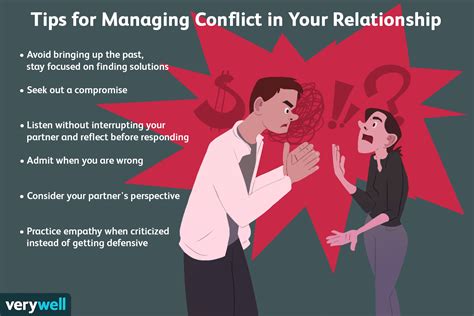The Foundation of Strong Relationships: Communication
Communication is the lifeblood of any relationship, from romantic partnerships to family dynamics and friendships. It’s not just about talking; it’s about connecting, understanding, and building a shared reality. When communication breaks down, misunderstandings escalate, resentment festers, and conflict becomes an inevitable and often destructive force. Conversely, mastering effective communication strategies can transform relationships, fostering deeper bonds, enhancing mutual respect, and creating a resilient framework for navigating life’s challenges.
Understanding and implementing specific communication techniques can significantly boost relationship health and provide invaluable tools for conflict reduction. These strategies move beyond simple conversation, focusing on active engagement, emotional intelligence, and a commitment to mutual understanding.

1. Active Listening: Hearing Beyond the Words
One of the most powerful yet often overlooked communication strategies is active listening. This means fully concentrating on what the other person is saying, rather than just waiting for your turn to speak. Active listening involves paying attention to verbal cues, body language, and the underlying emotions. Key elements include:
- Paraphrasing and Summarizing: Repeating what you’ve heard in your own words to confirm understanding (“So, what I’m hearing is…” or “It sounds like you’re feeling…”).
- Non-Verbal Affirmation: Maintaining eye contact, nodding, and using open body language to show you are engaged.
- Withholding Judgment: Listening with an open mind, even if you disagree, and avoiding interrupting to offer solutions or counter-arguments immediately.
Active listening makes the other person feel heard, valued, and understood, which is crucial for de-escalating tension and building trust.
2. Expressing Needs and Feelings with “I-Statements”
When conflict arises or needs are unmet, it’s easy to fall into the trap of using “you-statements” (“You always ignore me,” “You never help out”). These often sound accusatory and put the other person on the defensive, shutting down productive dialogue. “I-statements” shift the focus from blame to personal experience, making communication more constructive:
- Formula: “I feel [emotion] when [specific behavior] because [impact on you]. I need/would like [desired outcome].”
- Example: Instead of “You never do the dishes!” try “I feel overwhelmed when the dishes pile up because it adds to my workload. I would really appreciate it if we could share this chore more evenly.”
This approach allows you to express your feelings and needs clearly without attacking, inviting a more empathetic and solution-oriented response.

3. Empathy and Validation: Bridging Emotional Gaps
Empathy is the ability to understand and share the feelings of another. Validation is acknowledging and accepting those feelings as legitimate, even if you don’t agree with the perspective or behavior that caused them. Simply saying, “I can see why you’d feel frustrated,” or “It makes sense that you’re upset about that,” can go a long way.
Validation doesn’t mean you’re agreeing with their stance; it means you’re affirming their right to feel what they feel. This can disarm anger, create a sense of shared humanity, and open the door for more rational problem-solving. It reassures the other person that their emotional experience matters to you.

4. Constructive Conflict Resolution Techniques
Conflict is inevitable in any close relationship, but how you handle it determines its impact. Healthy conflict resolution involves:
- Focus on the Problem, Not the Person: Attack the issue, not each other. Avoid personal insults, sarcasm, or bringing up past grievances unrelated to the current issue.
- Take Breaks When Overwhelmed: If discussions become too heated, agree to take a break and revisit the topic when both parties are calmer. This prevents saying things you might regret.
- Seek Win-Win Solutions: Approach conflict with the mindset of finding a solution that works for both of you, rather than one person winning and the other losing. Compromise and collaboration are key.
- Apologize When Necessary: A sincere apology, taking responsibility for your part, can be incredibly healing and de-escalating.

5. Regular Check-ins and Expressing Appreciation
Boosting relationship health isn’t just about managing conflict; it’s also about proactively nurturing the connection. Regular check-ins – asking about each other’s day, feelings, and aspirations – keep lines of communication open and prevent small issues from becoming big ones.
Equally important is expressing appreciation and affection. Acknowledging positive behaviors, saying “thank you,” and verbally affirming love and value can significantly strengthen the emotional bank account of a relationship. These small, consistent gestures build a foundation of positivity that makes navigating difficulties much easier.

Conclusion: The Ongoing Journey of Connection
Mastering communication strategies is an ongoing journey, not a destination. It requires patience, practice, and a genuine commitment from all parties involved. By integrating active listening, practicing “I-statements,” cultivating empathy, engaging in constructive conflict resolution, and regularly expressing appreciation, individuals can transform their relationships. These strategies not only reduce conflict but also lay the groundwork for deeper intimacy, stronger bonds, and a more fulfilling shared experience, proving that the health of a relationship is inextricably linked to the quality of its communication.




